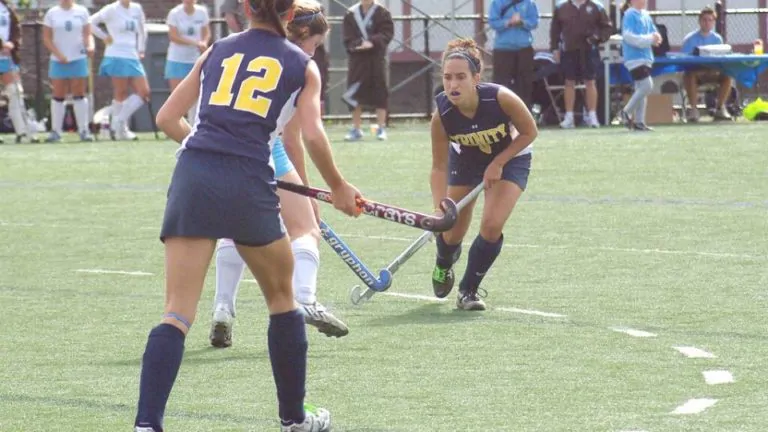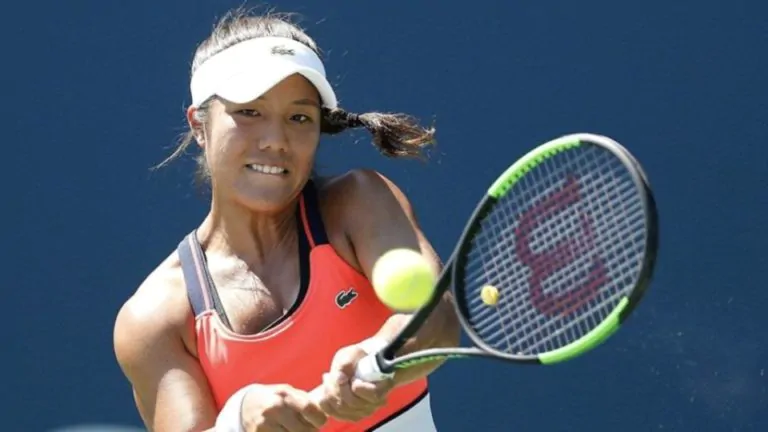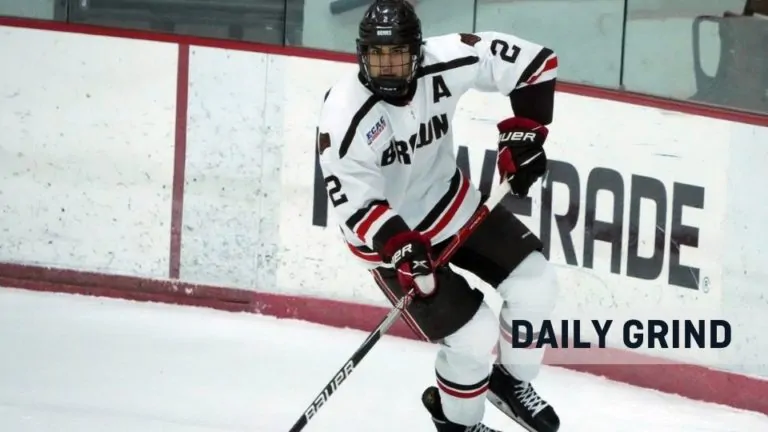Last week, Old Dominion University discontinued its wrestling program, citing budget concerns moving forward. University of Cincinnati athletics director John Cunningham slashed men's soccer as well, thanks to the coronavirus outbreak, stating, “there will be different sorts of cuts and pullbacks that schools are going to make, and it's definitely possible that will include sports offered.” For now, it seems like men's programs are the ones taking the biggest hits.
Which begs the question: will women's programs be cut too? And what role does Title IX play in all of this?
It's a loaded question. Contrary to popular belief, Title IX plays a fairly minimal role in the NCAA, as athletic departments are not required to fund men's and women's programs equally. According to the NCAA's website, “The only [Title IX ] provision that requires that the same dollars be spent proportional to participation is scholarships. Otherwise, male and female student-athletes must receive equitable ‘treatment' and ‘benefits.'”
In other words, Title IX requires equal “treatment” of female athletes, not equal spending. The quotation marks around the word “treatment” are not my own—they are included in the NCAA's publications. Which is fitting, because “equitable treatment” is a flexible term, at least in the eyes of the NCAA.
A 2017 NCAA report indicated that “Division I FBS institutions spend more than twice as much on each male student-athlete than on each female student-athlete” when accounting for total resource allocation. The same report indicated that women competing in Division I FBS programs only receive 18% of total expenses, 41% of scholarship funds (in spite of Title IX requirements), and 29% of recruiting dollars.
Gender inequity extends beyond female athletes as well. According to 2018-19 statistics from the NCAA's Demographics Database, gender inequality abounds in collegiate athletics. The most recent executive summary reports that 54% of college athletes are men, as are 78% of athletic directors. Coaches are affected as well—59% of head coaches of women's teams are men. Longitudinal NCAA data reveals that in 1979, over 90% of women's programs were coached by women, and that percentage has been steadily declining ever since. Today, female coaches only earn 25% as much as their male counterparts.
The financial implications of coronavirus on college sports may very well be staggering, and many are wondering if the pandemic will leave women's programs reeling. It might, but no more than Title IX already has.
* Originally published on May 4, 2020, by Katie Lever, Ph. D







